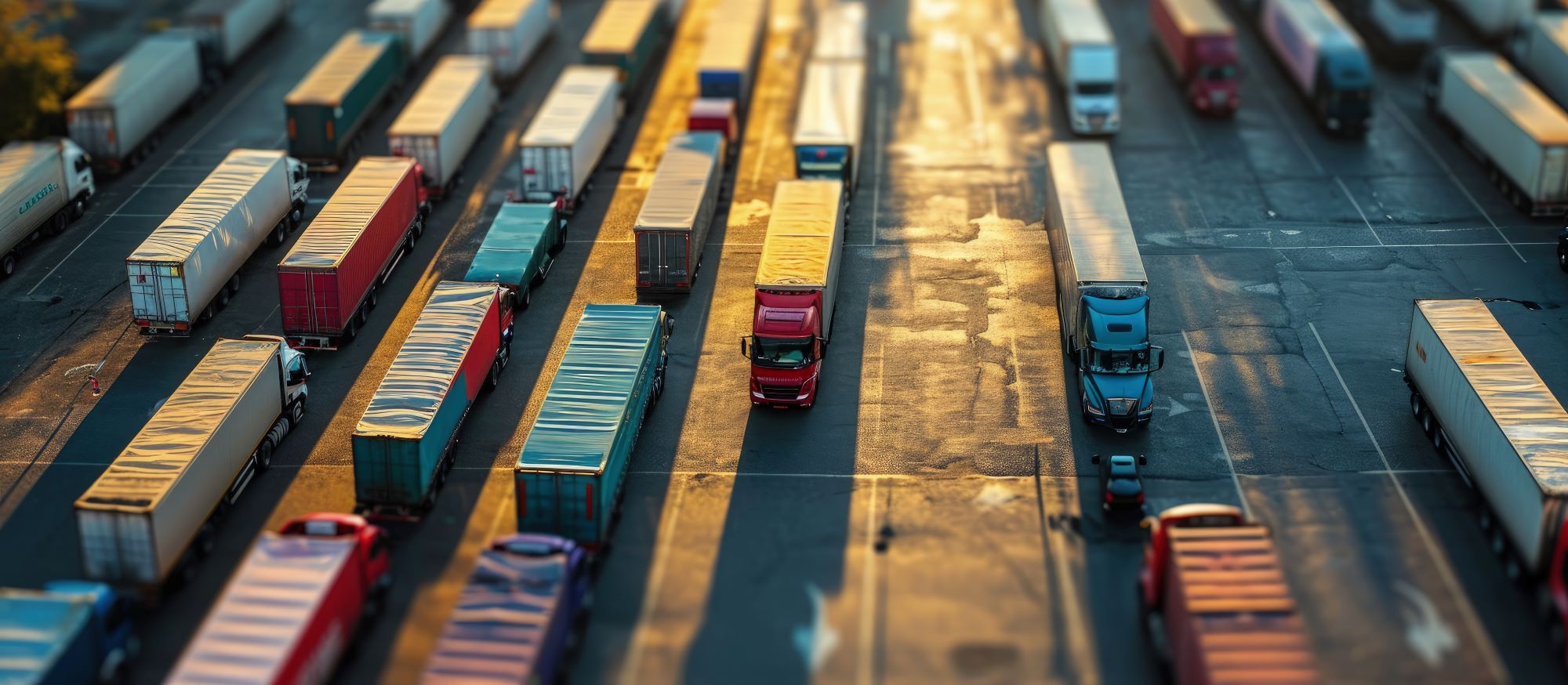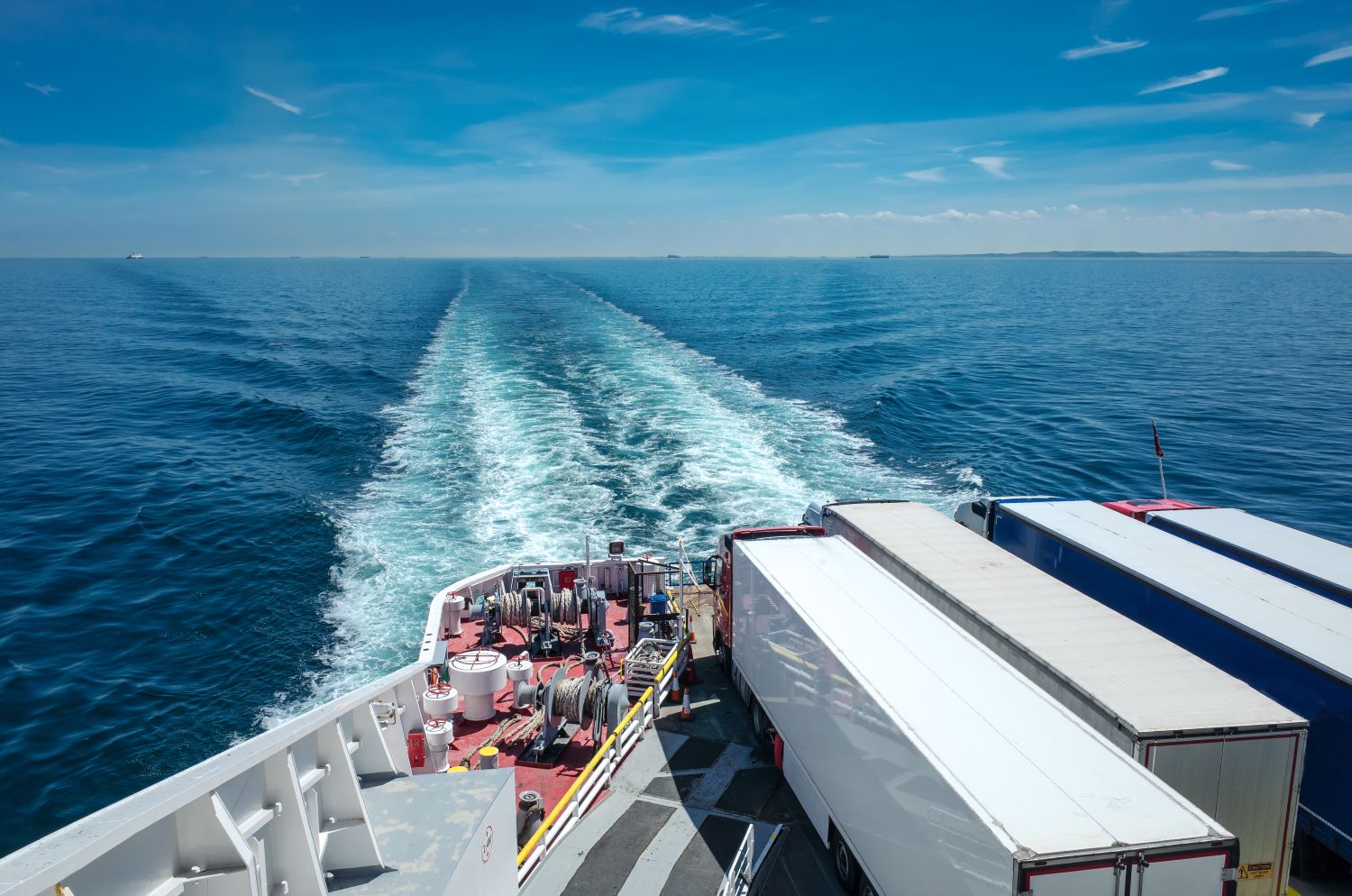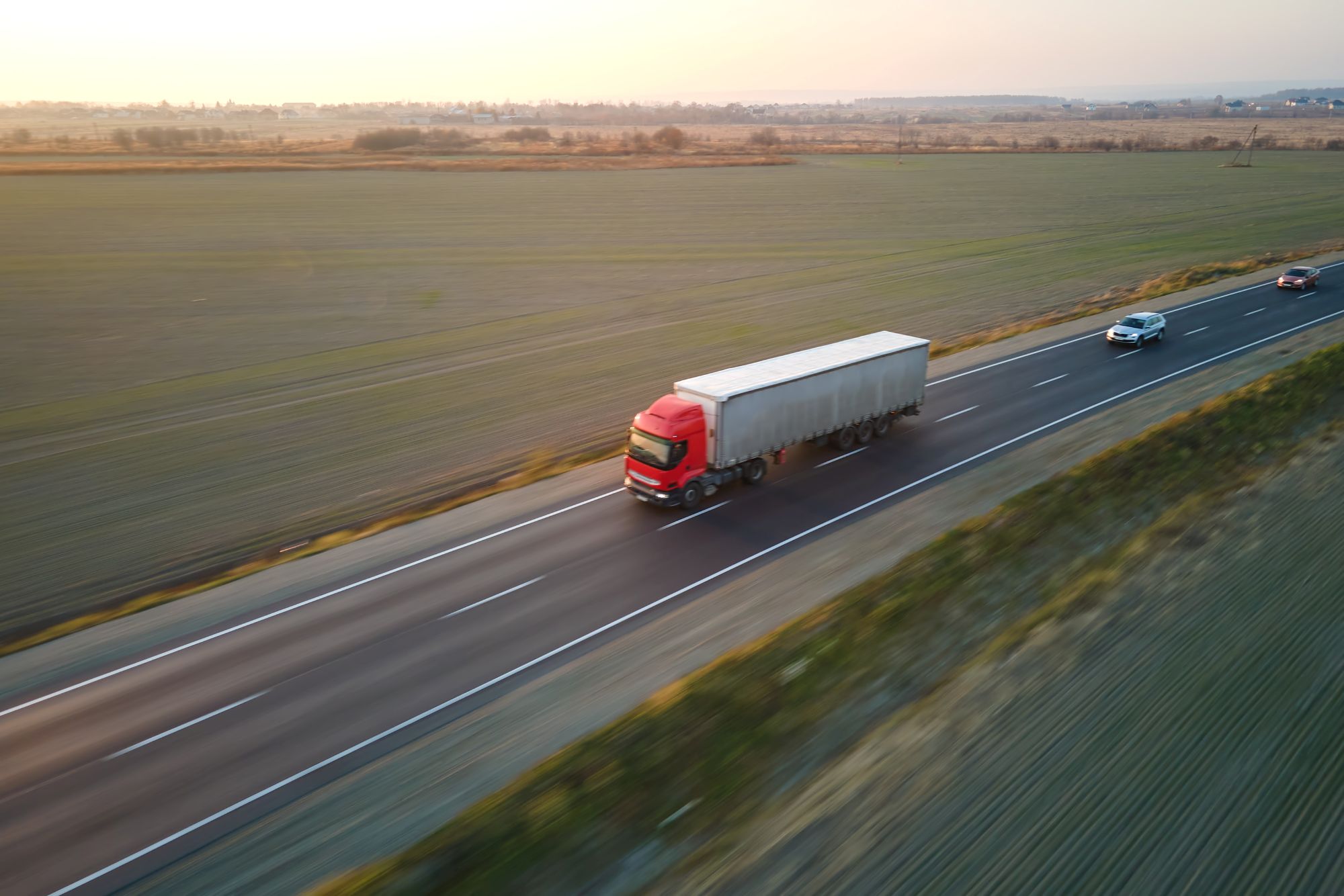
Susie Jones
Minden, amit az uniós be- és kilépési rendszerről tudni kell
Létrehozva: 14. 10. 2024
•
Frissítve: 14. 10. 2024
Az EU a tervek szerint novemberben indult volna el, de aggályok miatt elhalasztották a be- és kilépési rendszert (EES). Az EES megváltoztatja a schengeni térségbe utazó brit állampolgárokkal szemben támasztott követelményeket, és megköveteli, hogy az Egyesült Királyság útlevelével rendelkező személyek biometrikus adatokat - például ujjlenyomatot vagy fényképet - regisztráltassanak. Az EES felváltja az útlevelek kézi bélyegzését, amikor a látogatók belépnek az EU-ba. Összegyűjtöttünk mindent, amit a változás előtt tudni kell.
Mit vár el az EES az utazóktól?
Az EES-t használó országok az alábbi információkat kérik az utazóktól:
A be- és kilépés helye
A belépés és a kilépés időpontja
Úti okmányok.
Mik az előnyök?
Az EES a következő előnyökkel jár:
Korszerűsíti az EU külső határainak igazgatását - javítva az utazók számára a tapasztalatokat.
Az EES biometrikus adatok gyűjtésével küzd a személyazonossággal kapcsolatos csalás ellen.
Képes azonosítani a túllépőket, és megbízhatóan szolgáltat adatokat a belépésekről, kilépésekről és visszautasításokról.
A jobb határellenőrzések, az elektronikus nyilvántartások és a biometrikus adatok megerősítik a biztonságot az EU-n belül.
Valós idejű információmegosztást biztosít, amely lehetővé teszi, hogy a határőrizeti hatóságok az EU-ban a megfelelő időben a megfelelő információkat lássák.
Mik az aggályok?
Hosszú távon az új EES racionalizálja a műveleteket, és előnyös lesz a nem uniós utasok számára. Az új rendszerrel kapcsolatban azonban számos aggály merül fel:
Legalább három uniós ország nincs teljesen felkészülve az indításra.
Több ország nem biztos, hogy képes lesz bevezetni a fejlett biometrikus rendszert.
A doveri kikötőben - az Egyesült Királyság egyik legforgalmasabb átkelőhelyén - nem került sor a rendszer megfelelő tesztelésére.
A kezdeti indítás megnövekedett késedelmeket okozhat a határátkelőhelyeken.
Az EES hivatalos elindításának további késedelmei számos ilyen aggályt eloszlathatnak.
A brit tehergépjármű-üzemeltetők aggodalmukat fejezték ki a 180 napból 90 napos schengeni utazási korlátozással kapcsolatban - a rendszeres üzleti tevékenység fenntartása az EU-n belül kihívást jelenthet. A nem uniós járművezetőkkel rendelkező flottatársaságok a határérték túllépése esetén utazási korlátozásokkal vagy bírságokkal szembesülhetnek.
Hogyan készülhetnek fel a flották és a járművezetők?
A flották és a járművezetők nem sokat tehetnek az új rendszerre való felkészülés érdekében - a legtöbbet személyesen a kikötőben kell majd megtenniük. A flották és a járművezetők azonban a következő intézkedésekkel biztosíthatják a zökkenőmentes átállást:
Az utazás lefoglalásakor győződjön meg arról, hogy minden szükséges információval rendelkezik, mielőtt a kikötőbe utazik.
Tudja, mire számíthat, amikor megérkezik - a gyakorlati különbségek miatt a folyamat helyenként eltérő lesz.
Szánjon elegendő időt az utazás előtti formalitások elvégzésére - különösen, ha az utazás kezdete előtt nem sokkal utazik.

Mely országok fogják használni az EES-t?
A következő országok fogják használni az EES-t:
Ausztria, Belgium, Bulgária, Csehország, Dánia, Észtország, Finnország, Franciaország, Görögország, Hollandia, Horvátország, Görögország, Izland, Lengyelország, Lettország, Liechtenstein, Litvánia, Luxemburg, Magyarország, Málta, Németország, Norvégia, Norvégia, Olaszország, Lengyelország, Portugália, Románia, Spanyolország, Svédország, Svájc, Szlovákia, Szlovénia, Szlovákia, Szlovénia.
Mikor nem alkalmazható az EES?
Az új EES alól több kivétel is létezik:
Az EES-t használó országok állampolgárai (beleértve Ciprust és Írországot).
EU-polgárral közvetlen rokonságban álló nem uniós állampolgárok. Tartózkodási kártyával kell rendelkezniük.
Bármely nem uniós polgár, aki tartózkodási kártyával vagy tartózkodási engedéllyel rendelkezik, és közvetlen rokoni kapcsolatban áll egy nem uniós polgárral, uniós polgárként utazhat Európa-szerte.
Tartózkodási engedéllyel vagy hosszú távú tartózkodásra jogosító vízummal rendelkező állampolgárok.
Andorra, Monaco és San Marino állampolgárai.
A Vatikáni Városállam vagy a Szentszék által kiállított útlevéllel rendelkező személyek.
Bárki, aki mentesül a határellenőrzés alól (például államfők vagy határ menti munkavállalók).
Érvényes kishatárforgalmi engedéllyel rendelkező állampolgárok.
Személy- és tehervonatok személyzete nemzetközi csatlakozó utakon.
A külső határok átlépésére nem kötelezett személyek kizárólag a határátkelőhelyeken, meghatározott nyitvatartási időben.
Mi van, ha nem adom meg az adataimat?
Ha nem adja meg a szükséges személyes adatokat, megtagadják Öntől az EES-t használó uniós országokba való belépést. A flottatársaságok számára ez bevételkiesést jelenthet, ha járművezetőik nem adják meg a megfelelő adatokat.
Szükségem van-e biometrikus útlevélre az új EES-hez?
Az új EES mind a biometrikus, mind a nem biometrikus útleveleket elfogadja. A határátlépéshez szükséges automatizált rendszerek biometrikus útlevelet igényelnek.



